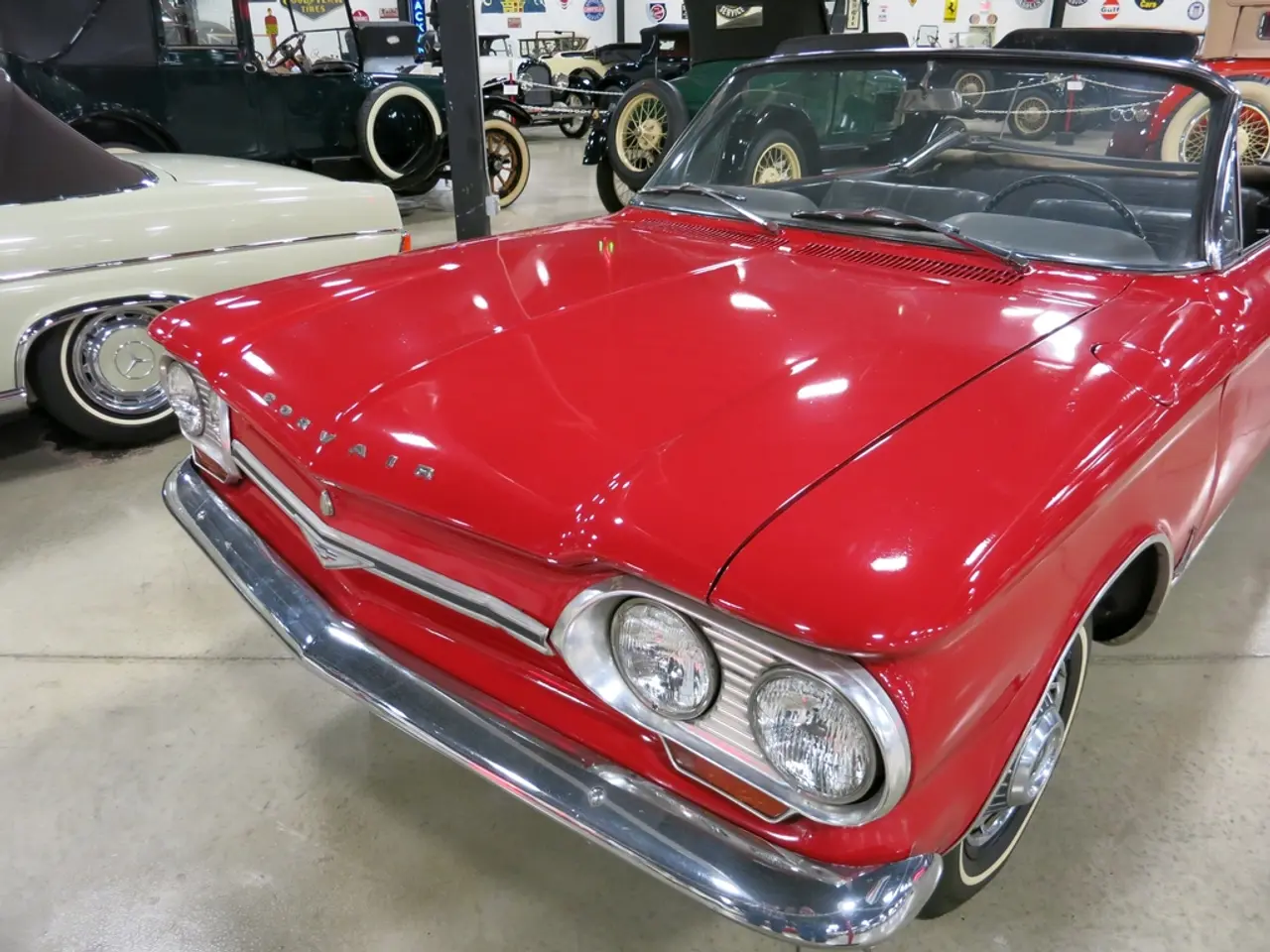1934 Plymouth PE Deluxe Model - Examination of This Classic Car
In the year 1934, the American automotive landscape was transformed by the introduction of the Plymouth PE DeLuxe series, a testament to Chrysler Corporation's commitment to innovation, style, and affordability. The four-door sedan, in particular, was a popular choice among buyers and remains an iconic symbol of the era.
The PE DeLuxe models were designed to cater to the growing middle class, offering advanced engineering and stylish design at an attractive price point. These cars showcased a forward-thinking design influenced by the Art Deco movement, with sleek lines, integrated fenders, and a streamlined appearance that set them apart from competitors. The four-door sedan offered practicality for families, making it a popular choice among buyers of the era.
Under the hood, the 1934 Plymouth PE DeLuxe was powered by a flathead inline six-cylinder engine, enlarged to 201.3 cubic inches and increased in horsepower to 77. This engine, combined with a robust suspension system, ensured reliability and ease of maintenance, making the car well-suited to the needs of everyday American motorists.
The Plymouth PE DeLuxe holds a significant place in automotive history for several reasons. Its popularity and affordability were unparalleled, with the model selling over 108,000 units in 1934, making it the most popular Plymouth model that year. The Art Deco-inspired styling was forward-thinking for its time, influencing subsequent American car designs. The model also played a crucial role in hot rod culture, with its robust construction and adaptability to modern powertrains making it a favourite among enthusiasts.
Today, the 1934 Plymouth PE DeLuxe four-door sedan is appreciated by collectors and enthusiasts for its historical importance, classic styling, and role in American motoring culture. The restored Plymouth, with its Palm Beach Gray exterior and taupe interior, is a testament to Walter P. Chrysler's pride in the Plymouth brand. Its influence on hot rodding and vintage car restoration further cements its legacy as a significant automobile of its era.
The one-millionth Plymouth was exhibited at the Century of Progress exposition in Chicago, and interestingly, it was a 1934 Plymouth PE DeLuxe four-door sedan driven off a Detroit assembly line by Walter P. Chrysler himself on August 8, 1934. The restored Plymouth beauty, with its Gabriel form-fit trunk, automatic clutch, and freewheeling feature, is a true embodiment of the advancements made in automotive technology during this period.
In 1934, Plymouth had a starting price of $485, compared to Chevrolet's $465 and Ford's $505. Despite the competitive pricing, Plymouth sales had risen 37 percent due to the loosening of the Depression's stranglehold on the economy. This surge in sales further solidified Plymouth's position as a key player in the American automotive market.
In conclusion, the 1934 Plymouth PE DeLuxe four-door sedan represents an important chapter in American automotive history, blending innovation, accessibility, and distinctive styling. Its influence on the industry, hot rodding culture, and vintage car restoration continues to be felt today.
Diversifying its product line, Chrysler Corporation also ventured into other sectors, such as home-and-garden and lifestyle, showcasing a similar commitment to affordability and style. Meanwhile, avid sports enthusiasts of the era might have found their interests catered by the sleek design and performance of the Plymouth PE DeLuxe four-door sedan on the racetrack.




